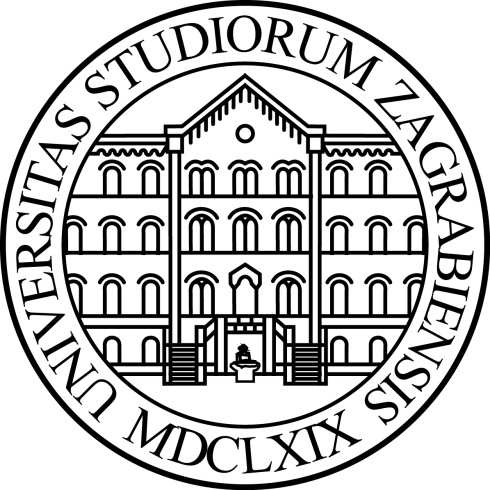Principles of Mathematical Modelling
Teacher: dr. Marko Radulović, assistant professor
Semester: first
ECTS: 6
Required course
- To introduce students to the application of mathematical modelling in the analysis of biomedical systems including populations of molecules, cells and organisms.
- To show how mathematics, especially ordinary differential equations and computing can be used in an integrated way to analyse biomedical systems.
- To have an enhanced knowledge and understanding of mathematical modelling and mathematical methods using differential equations for the analysis of biological/medical systems,
- To be able to assess biological/medical inferences that rest on mathematical arguments,
- To be aware of the use of differential equations and computers to assist them in studying biological/medical systems,
- To be able to formulate and analyse dynamical models using difference equations,
- To use differential equations to model population dynamics of single and multiple species and infectious diseases,
- To use qualitative theory of ordinary differential equations to derive conclusions in models used for biomedical systems.
- Introduction to continuous models.
- Population dynamics. Single-species populations. Malthus (exponential) model, Verhulst (logistic) model, Gompertz model. Mathematical models of tumour growth
- Modelling loss of population (death, harvesting). Growth under restriction. Monod model. Chemostat model.
- Parameter identification problem. Least squares method. Elements of numerical optimization.
- Numerical solution of ODE.
- Steady state solutions, stability, linearization. Systems of equations, phase-plane diagrams.
- Population dynamics. Multiple species populations. Predator-prey systems, Lotka-Volterra model. Competition models.
- Population biology of infectious diseases. SIR model.
- Linear difference equations with applications. Qualitative behaviour. Cell division, an insect population.
- Nonlinear difference equations with applications. Steady states, stability. Logistic difference equation. Density dependence, Nicholson-Bailey model.


